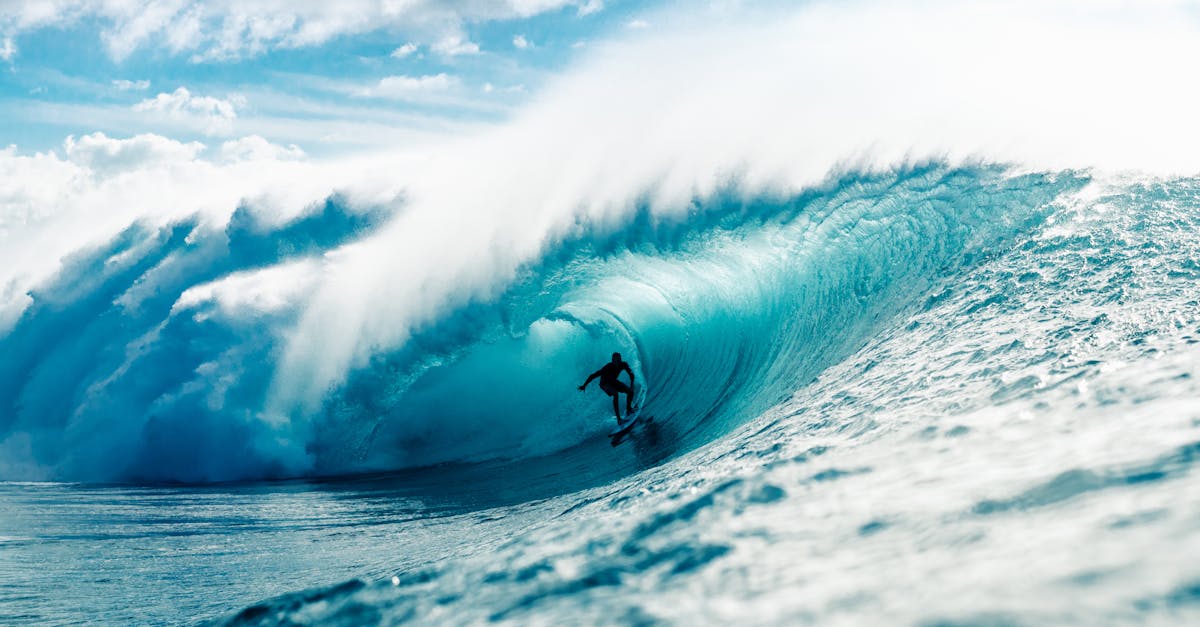Understanding Hyponatremia
Think of your body as a well-balanced ship sailing across the ocean of life, where water is the fuel that keeps the ship running smoothly. However, when the ship takes on too much water too quickly, it can become overwhelmed, leading to a condition known as hyponatremia. This occurs when sodium levels in your bloodstream dip dangerously low, affecting how well your ship navigates.
According to a study published in the Journal of Clinical Medicine, “excessive water intake can result in hyponatremia, especially under conditions of extreme physical exertion.”
Hyponatremia can be like a storm at sea, with three potential categories: acute, chronic, and exercise-associated. Acute hyponatremia is like a sudden tempest, often triggered when someone drinks a large amount of water in a short time—often seen in endurance athletes. In contrast, chronic hyponatremia develops slowly over time, like a steady leak in the ship caused by underlying health issues.
Symptoms of Hyponatremia
If you’re sailing in rough waters, it’s essential to recognize the signs that your ship may be taking on too much water. Symptoms of hyponatremia can range from mild to severe, including:
- Nausea and vomiting
- Headaches
- Confusion or disorientation
- Muscle cramps
- Seizures
- Coma in severe cases
Identifying these symptoms early can be crucial in seeking medical assistance quickly.
Causes of Rapid Water Intake
So what causes our ship to take on water so rapidly? There are several reasons, particularly during intense physical activities when athletes drink excessive amounts to stay hydrated. Other factors include:
- Psycho-behavioral factors like water intoxication, common in certain psychiatric conditions.
- Inadequate renal function, which affects how the body processes fluid.
- Drinking fluids without replenishing electrolytes during endurance events.
Understanding these causes is like charting a safe course across turbulent waters.
Treatment Options for Hyponatremia
In treating hyponatremia, think of it as navigating through the storm. The approach depends on the severity and cause of the condition. In mild cases, restricting fluid intake may be like adjusting your sails to stabilize the ship. For more severe cases with symptoms, intravenous (IV) administration of sodium may be necessary. However, it’s vital to correct sodium levels at a safe pace—too rapid correction can create further waves.
According to Medline Plus, “the goal in treating hyponatremia is to restore sodium levels safely and slowly to avoid complications.”
In very severe cases, healthcare providers can use hypertonic saline to rapidly etch the sodium back into safe levels, but monitoring and careful adjustments are critical.
Preventative Measures
To prevent hyponatremia, it’s essential to understand your body’s hydration needs, much like gauging the tide before setting sail. Here are some key tips:
- Drink water based on thirst; don’t force excessive intake.
- Consider electrolyte-enhanced drinks for long or intense workouts.
- Pay close attention to your body’s signals while hydrating.
- Educate yourself and others on proper hydration techniques.
By following these tips, you can enjoy hydration’s benefits while keeping your health afloat.
Conclusion
In closing, while water is essential for good health, taking on too much too quickly can lead to hyponatremia, a condition that can have serious repercussions. Be mindful of your water intake, especially during intense activities. Monitoring hydration can steer you to better overall health and performance. Remember, balance is the key—it’s about finding the right amount of water while managing electrolytes is just as crucial.
If you experience any concerning symptoms related to dehydration or water intoxication, don’t hesitate to reach out to a healthcare provider. Staying informed and aware is your compass toward safe hydration practices.
